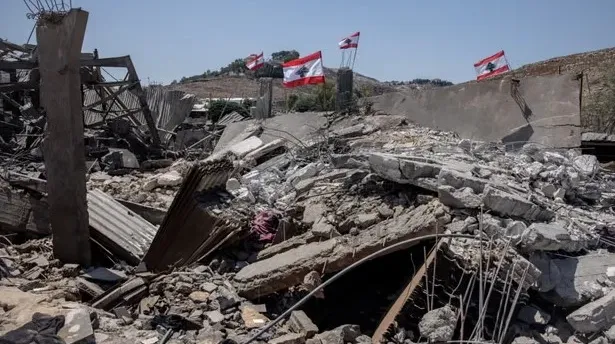
Escalating Tensions in Eastern Europe as Fighting Intensifies
The conflict in eastern Europe has entered a new and dangerous phase, with reports of significantly intensified fighting across multiple fronts. Both sides are employing heavy artillery and engaging in fierce ground combat, leading to increased civilian casualties and widespread destruction of infrastructure.
The situation on the ground remains fluid and highly contested. Independent sources are reporting a surge in shelling and missile strikes targeting key urban centers, leading to mass displacement of civilians seeking refuge. Humanitarian organizations are struggling to cope with the growing needs of the displaced population, facing challenges in providing essential aid like food, water, and medical supplies.
International efforts to de-escalate the conflict continue, with diplomatic channels remaining open, albeit with limited progress. Several nations have reiterated calls for an immediate ceasefire and a return to negotiations. However, deep divisions remain between the involved parties, hindering any significant breakthroughs in the peace process.
The international community is grappling with the broader implications of the escalating conflict. Concerns are mounting about the potential for a wider regional conflict, involving neighboring countries. NATO has increased its military presence in eastern Europe, bolstering its defense capabilities and signaling its commitment to protecting its member states.
Economic sanctions against involved parties remain in place, with some nations considering additional measures to further pressure them to de-escalate. The sanctions are intended to cripple the war effort and force involved parties back to the negotiating table. However, the effectiveness of these sanctions is being debated, as they have also had a significant impact on global energy markets and supply chains.
The impact on the civilian population is devastating. Hospitals and schools have been damaged or destroyed, and essential services are severely disrupted. The psychological toll on civilians, particularly children, is immense, with many suffering from trauma and displacement.
- Key Developments:
- Intensified fighting reported across multiple fronts.
- Increased civilian casualties and displacement.
- International efforts to de-escalate the conflict are ongoing.
- NATO has increased its military presence in eastern Europe.
- Economic sanctions remain in place, with potential for further measures.
The situation remains highly volatile and unpredictable. The world is watching closely, hoping for a swift and peaceful resolution to this devastating conflict. The coming days will be crucial in determining the trajectory of the conflict and its long-term consequences for the region and the world.
The role of misinformation and propaganda in exacerbating the conflict cannot be ignored. Both sides are actively engaged in information warfare, spreading narratives that support their respective agendas. Fact-checking organizations are working tirelessly to debunk false claims and provide accurate information to the public.
The global community faces a complex and multifaceted challenge in addressing the crisis in eastern Europe. Humanitarian aid, diplomatic efforts, and economic pressure are all essential components of a comprehensive response. However, the ultimate solution lies in a negotiated settlement that addresses the underlying causes of the conflict and ensures the long-term security and stability of the region.
Disclaimer: This news report is based on information available from various sources at the time of writing. The situation is rapidly evolving, and new information may emerge that changes the current understanding of events. Accuracy of information from conflict zones is challenging to verify independently. All readers are advised to seek diverse sources to keep abreast of the latest developments and form their own informed opinions.
📢 Stay Updated!
For more news and updates, explore related categories below:




